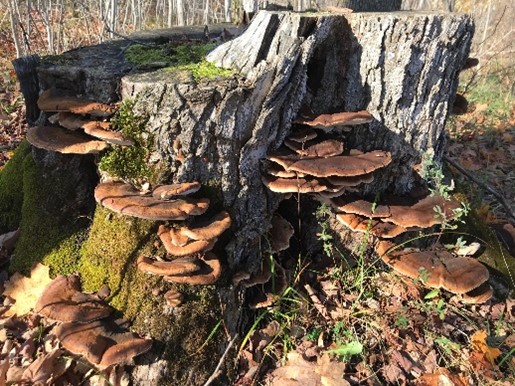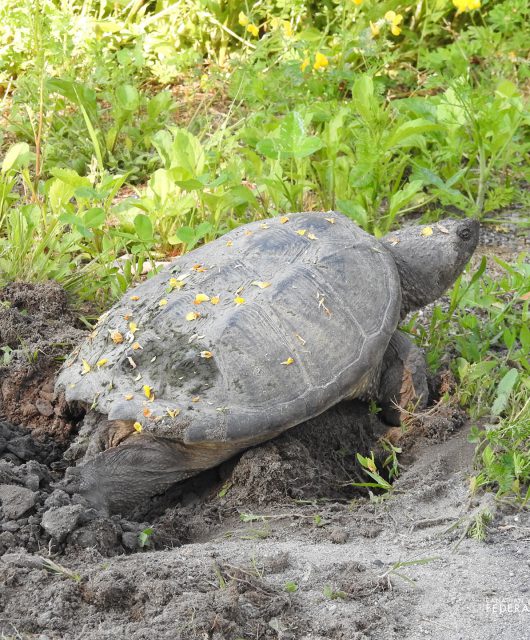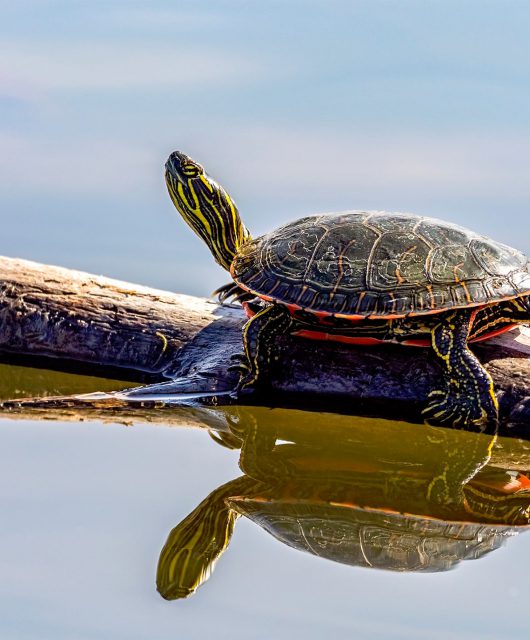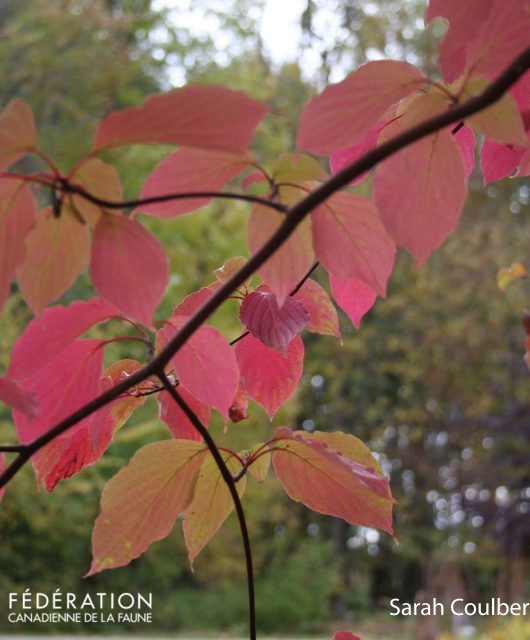The Bumblebee-friendly Yard Checklist
Bumblebees might be the most recognizable bees in the world – and we’re lucky to have 41 species buzzing around Canada. Sadly 28 per cent of the North American bumblebee species are at risk. The good news? You can absolutely help them thrive, starting right in your own backyard.
Give Them Something to Eat
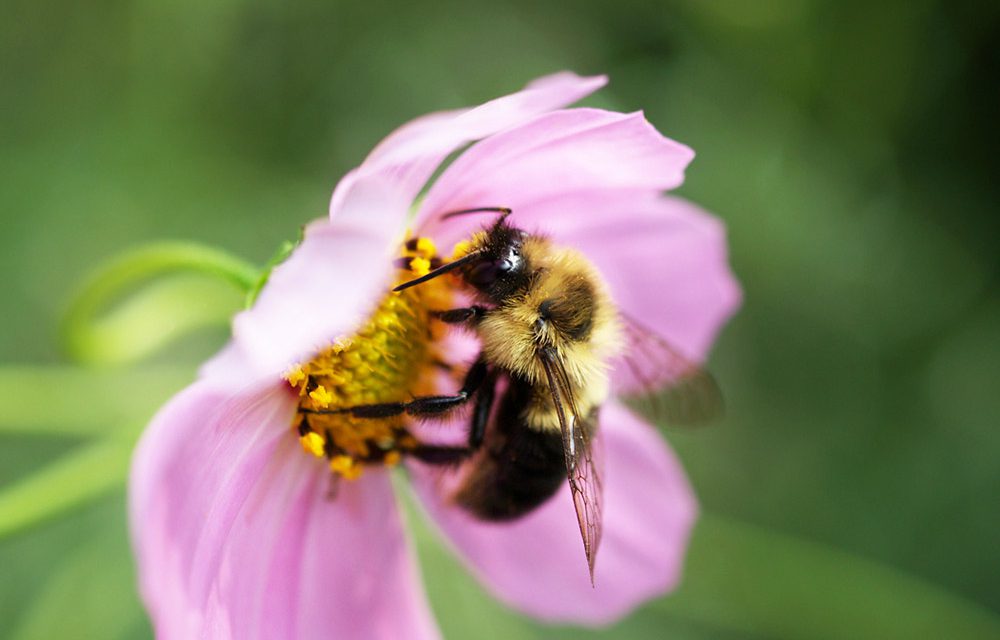
Bumblebees are early risers and late bloomers – they start buzzing in early spring and keep working right into the fall. That means they need a steady supply of food throughout these seasons. Planting a variety of flowers ensures these bees always have something to munch on. Try these Canadian native bloomers:
Spring: foamflower, Virginia Bluebells, Dutchman’s Breeches, Wild Hyacinth, native willows,
Early Summer: native columbines, Wild Bergamot, native milkweeds, wild roses, Gray-head Prairie Coneflower
Late Summer: goldenrods (Canada Goldenrod is great but there are other native species across the country that are attractive and do not spread quickly), Joe-pye Weed, native perennial sunflowers, Purple Prairie-clover,
Fall: native asters, Virginia Meadow Beauty, Whiteflower Leafcup, Obedient Plant
Give Them Somewhere to Nest
Bumblebees don’t build hives like honeybees – they look for cozy, ready-made spots. In the spring, the queen will find a new nest. She might look for an abandoned small mammal’s burrows below ground. Above ground she’ll seek out hollow trees, rock walls or even an abandoned bird nest. Her nest might grow to be between 50 to 200 bees strong. So be sure to leave these natural nooks undisturbed to help her settle in.
Give Them a Place to Overwinter
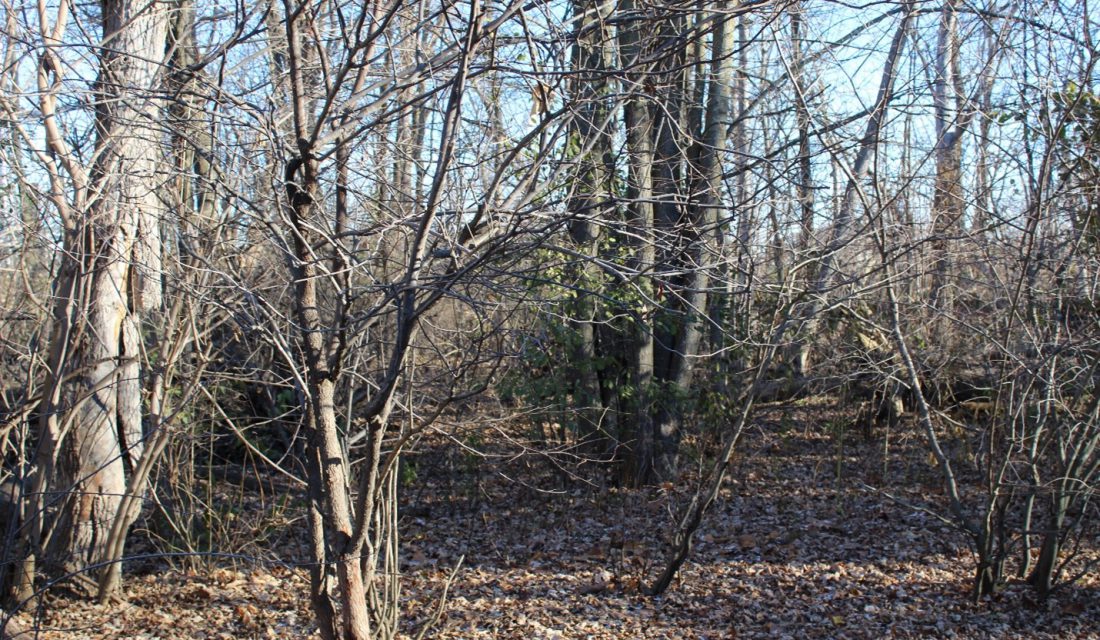
When summer fades, the whole colony dies off – except for the newly mated queens, who tuck in for the winter under leaf litter or brush piles. Want to give her a safe place to snooze? Leave fallen leaves alone and create a brush pile of clippings or woody plant material.
Ditch Pesticides
Pesticides are a major threat to pollinators, and bumblebees are no exception. Whether it’s through direct contact, contaminated pollen, or polluted nesting spots, these chemicals can wreak havoc on bumblebee populations. That includes areas like weedy field edges, brush piles, or even your flower garden. To keep bees safe, choose natural pest control methods and avoid buying plants that have been sprayed with neonics.
Help Scientists by Snapping Photos of Bumblebees

Love watching bumblebees as they buzz from one bloom to another? Turn your observations into valuable data for scientists! By snapping photos and uploading them to iNaturalist Canada, you can help researchers track various bumblebee species and better understand their preferred habitats. It’s as simple as downloading the iNaturalist app or visiting iNaturalist.ca to share your sightings.
Helpful tip: When you’re taking a picture of a bee, try to take lots of photos close up and from different angles. Try to snap a photo of their back and don’t forget to showcase the flowers they’re visiting!

